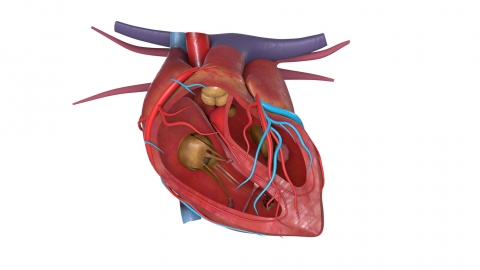How long after cardiac stent placement should follow-up examinations be conducted, and what do they involve?
Generally, after cardiac stent placement, follow-up visits are scheduled at 1 month, 3 months, 6 months, and 12 months postoperatively, followed by annual check-ups thereafter. Routine follow-up examinations typically include a complete blood count, coagulation function tests, electrocardiogram (ECG), echocardiography, and coronary angiography. Detailed explanations are as follows:

1. Complete Blood Count (CBC): This test measures the levels of red blood cells, white blood cells, and platelets to identify conditions such as anemia, infection, or thrombocytopenia. Abnormalities in these indicators may affect postoperative recovery or indicate drug side effects, providing a basis for adjusting treatment plans.
2. Coagulation Function: This involves assessing indicators such as prothrombin time (PT) and international normalized ratio (INR) to evaluate the effectiveness of anticoagulant medications. Excessive coagulation may increase the risk of thrombosis, while insufficient coagulation may lead to bleeding. Dosages must be adjusted according to test results to ensure treatment safety.
3. Electrocardiogram (ECG): This records the heart's electrical activity to determine whether heart rate and rhythm are normal and whether myocardial ischemia exists. Postoperative ECG changes can reflect the heart's recovery status, help detect impaired myocardial perfusion, and allow timely interventions.
4. Echocardiography: Using ultrasound waves to visualize the heart's structure and function, this test measures chamber size, ventricular wall thickness, and cardiac function parameters. It helps assess systolic and diastolic function, understand the overall cardiac status after stent implantation, and determine whether cardiac dysfunction exists.
5. Coronary Angiography: This procedure involves injecting contrast dye into the coronary arteries via a catheter to clearly visualize vascular patency. It directly shows whether the stent remains open, whether restenosis or new lesions have developed, and is an essential examination for evaluating coronary artery status, particularly in patients suspected of having vascular complications.
All examinations should be completed as instructed by the physician, and none should be omitted arbitrarily. Once the results are available, promptly communicate with your doctor to understand your health status, strictly follow medical advice to adjust lifestyle and medication use, and promote postoperative recovery.




